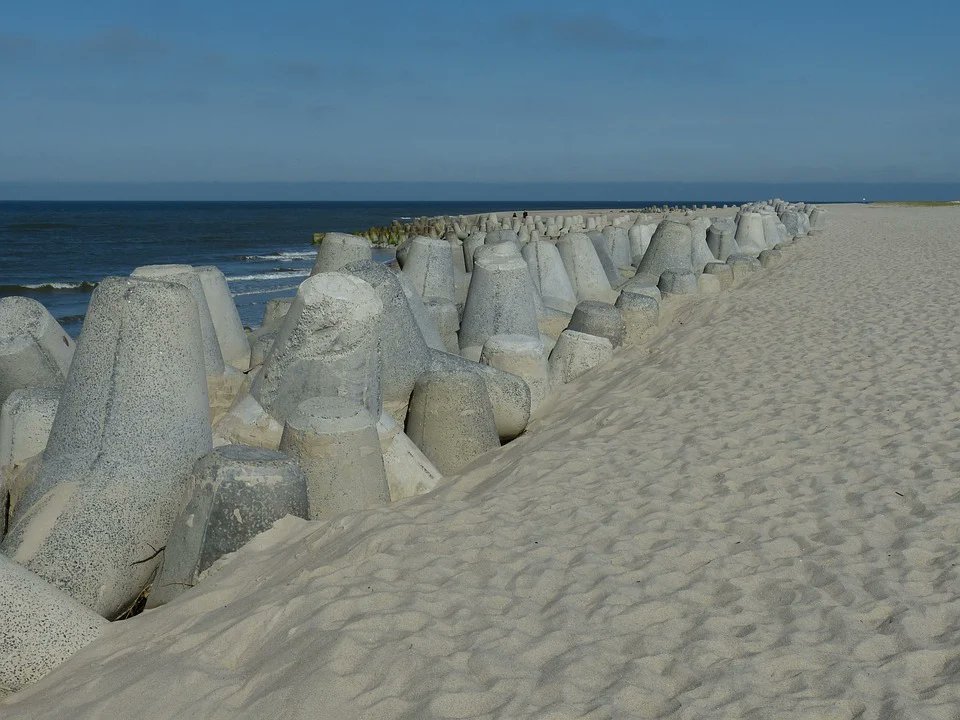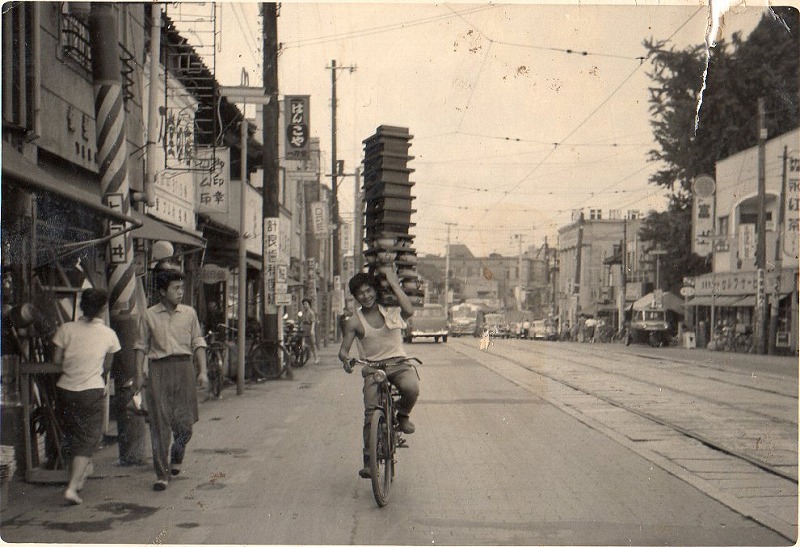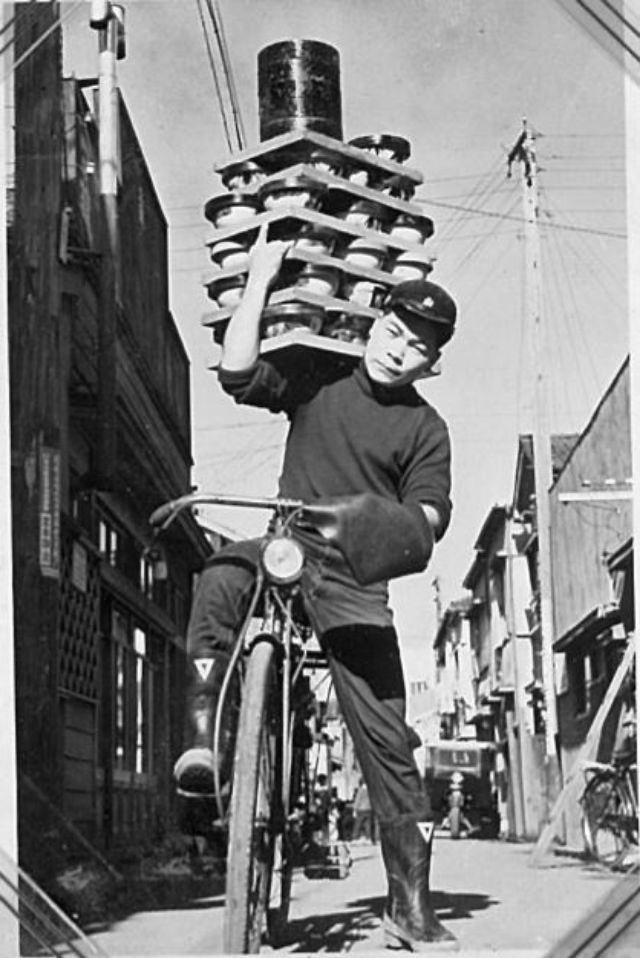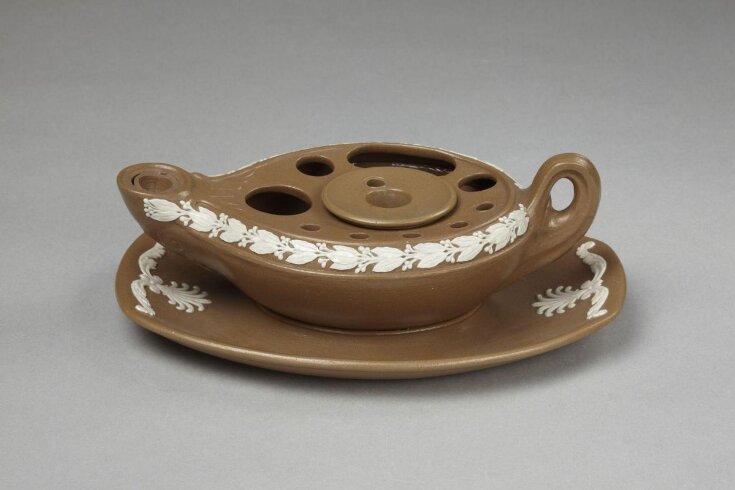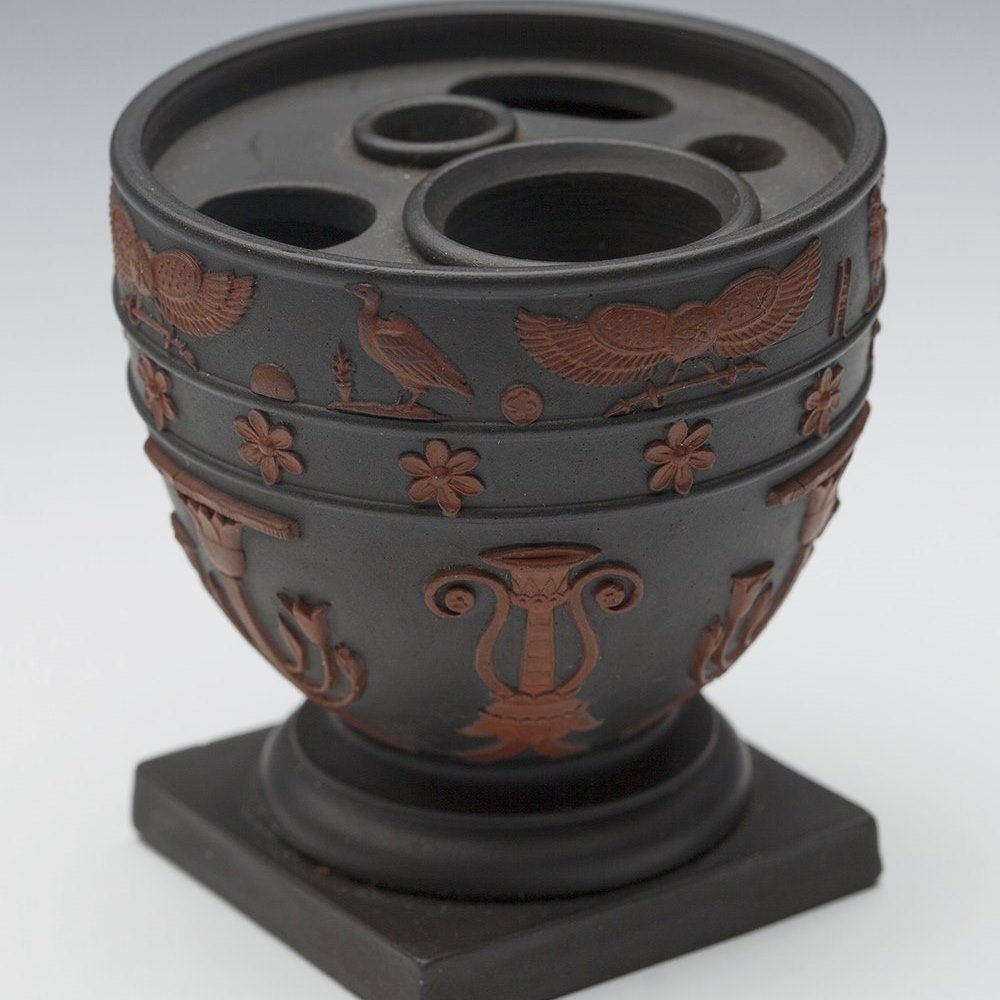
Red states are not only rolling back civil rights, worker protections, and environmental laws in an effort to turn back the clock to an earlier era.
Less consequential, but interesting, is a Red State drive to bring back mandatory teaching of cursive handwriting in schools.
1/
Less consequential, but interesting, is a Red State drive to bring back mandatory teaching of cursive handwriting in schools.
1/

In recent years, almost all U.S. states had removed requirements for teaching cursive, if they even had such requirements in the first place.
In fact, this issue had never previously been handled legislatively, but administratively, through state educational standards.
2/
In fact, this issue had never previously been handled legislatively, but administratively, through state educational standards.
2/
The push to restore mandatory cursive instruction began in 2014 when Florida, Georgia, Tennessee state governments required mandatory cursive instruction for all elementary school students.
3/
3/
These states were followed by Arkansas in 2015; Alabama, Arizona, and Oklahoma in 2016; Kentucky, Louisiana, and Mississippi in 2017; North Carolina in 2018; Indiana, Ohio, and Texas in 2019; and West Virginia in 2020.
4/
4/
In addition, Idaho, South Carolina, Utah, and Virginia had older standards in place that have been maintained.
5/
5/
Of the 24 US states that currently mandate cursive instruction, 19 are red states, and Ohio is a red-leaning swing state.
The only blue states that currently require cursive instruction are Delaware, Illinois, Maryland, and Massachusetts.
6/
The only blue states that currently require cursive instruction are Delaware, Illinois, Maryland, and Massachusetts.
6/
Why does this matter? Well, there are only so many hours in the school day, and as schools try to teach new skills such as coding and financial literacy, forcing many hours of cursive instruction back into the curriculum takes time away from other, more useful subjects.
7/
7/
Moreover, the reasons why cursive writing has disappeared are widely misunderstood.
Elders lament that "nobody uses cursive anymore," and most people blame computers, smartphones, and lack of schooling for this.
But cursive's obsolescence is actually much older!
8/
Elders lament that "nobody uses cursive anymore," and most people blame computers, smartphones, and lack of schooling for this.
But cursive's obsolescence is actually much older!
8/
It turns out cursive's decline actually began in the 1940s with the spread of the ballpoint pen. Ballpoints, other modern pens, and pencils require constant pressure, making writing cursive for longer than a few minutes at a time incredibly painful.
9/
theatlantic.com/technology/arc…
9/
theatlantic.com/technology/arc…
But while it is almost impossible to write long compositions in cursive with a ballpoint, with a fountain pen (or quill pens before that) which require almost no pressure and constantly run, it was almost impossible *not* to write in cursive.
10/
10/
The reason younger people use printed letters today is not because they are "used to computer fonts" or whatever, but because trying to do anything else while not using a fountain pen would be physically painful and, in fact, slower.
11/
11/
So while cursive *did* die out because of a technological shift, this was a much older tech shift - more like 80 years old than 30 years (PCs) or 10 years (smartphones).
12/
12/
The fact that cursive education has lasted so long as it has in the U.S. was originally due to sheer inertia, and now, to knee-jerk conservatism.
13/
13/
• • •
Missing some Tweet in this thread? You can try to
force a refresh




